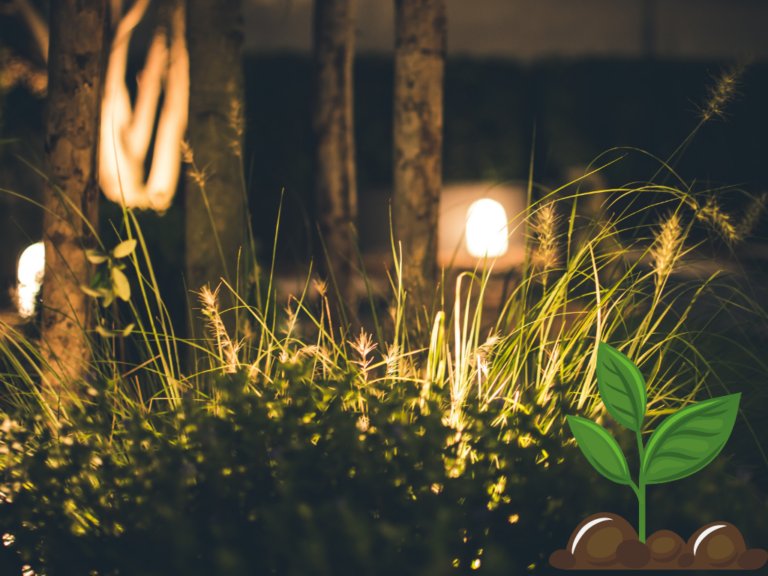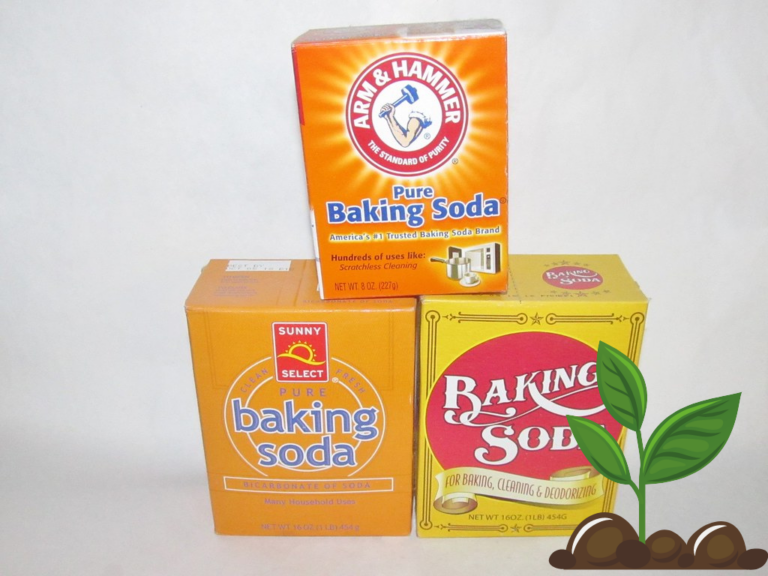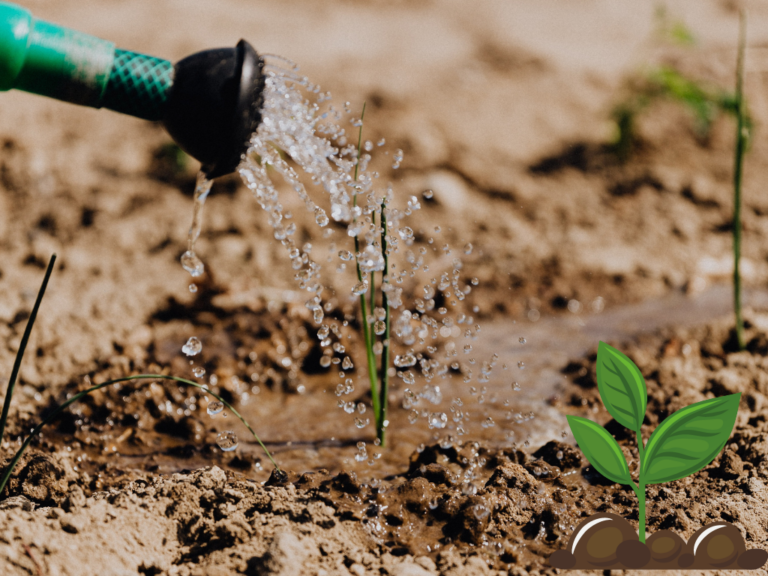Do Hydroponic Nutrients Go Bad
Hydroponic gardening has gained popularity in recent years due to its efficiency and ability to grow plants without soil.
In hydroponics, plants receive all their essential nutrients through a nutrient solution.
However, a common concern among hydroponic gardeners is whether these nutrient solutions can go bad over time.
In this comprehensive guide, we will explore the shelf life of hydroponic nutrients, signs of nutrient degradation, and best practices to ensure the longevity of your nutrient solution.
Understanding Hydroponic Nutrients
Before delving into the topic of nutrient solution expiration, it’s important to grasp the role of hydroponic nutrients.
In a hydroponic system, plants rely on a precisely balanced solution of essential minerals and nutrients to support their growth.
These nutrients typically include nitrogen, phosphorus, potassium, calcium, magnesium, and a range of micronutrients.
They are available in various commercially formulated hydroponic nutrient solutions.
Shelf Life of Hydroponic Nutrients
Like any other product, hydroponic nutrient solutions have a limited shelf life.
The precise duration can vary depending on several factors, including the composition of the nutrients, packaging, and storage conditions.
On average, most hydroponic nutrient solutions have a shelf life of approximately two to three years from the date of manufacture.
Signs of Nutrient Degradation
To determine if your hydroponic nutrients have gone bad, it’s important to be aware of certain signs indicating nutrient degradation.
Here are some common indicators:
- Change in Color: If you notice a significant change in color of your nutrient solution, it may be an indication of nutrient breakdown. For example, if your solution turns cloudy or develops a murky appearance, it could be a sign of nutrient degradation.
- Unpleasant Odor: A foul or pungent smell emanating from the nutrient solution is another red flag. Hydroponic nutrients should not have a strong, unpleasant odor. If you detect such a smell, it could indicate the presence of bacteria or fungi.
- pH Instability: Hydroponic nutrient solutions should maintain a stable pH level to ensure optimal nutrient absorption by the plants. If you find it increasingly challenging to regulate the pH despite following standard procedures, it might be due to nutrient solution degradation.
Extending the Shelf Life of Hydroponic Nutrients
To maximize the longevity of your hydroponic nutrient solution, consider implementing the following best practices:
Proper Storage
Storing your nutrient solution correctly is crucial for preserving its quality. Here are some tips for optimal storage:
- Cool and Dark Environment: Store your nutrient solution in a cool, dark place, away from direct sunlight and heat sources. High temperatures can accelerate nutrient breakdown.
- Airtight Containers: Transfer your nutrient solution from its original packaging to airtight containers or bottles. This step helps prevent air and moisture exposure, which can degrade the solution.
Regular Monitoring
Maintaining a regular monitoring schedule can help you catch any signs of nutrient degradation early on.
Consider the following monitoring practices:
- Visual Inspection: Regularly examine the color and clarity of your nutrient solution. If you notice any changes, take immediate action.
- pH Testing: Measure the pH of your nutrient solution regularly. If you observe significant pH fluctuations, it could indicate nutrient degradation.
Rotating Stock
To ensure you always have fresh nutrient solutions available, practice a “first-in, first-out” (FIFO) approach.
By using older nutrient solutions first, you can prevent them from expiring before use.
Key Takeaway
Hydroponic nutrient solutions do have a shelf life, typically ranging from two to three years.
However, by following proper storage and monitoring practices, you can extend the longevity of your hydroponic nutrients.
Keep an eye out for signs of nutrient degradation such as changes in color, unpleasant odors, and pH instability.
To maximize the shelf life of your nutrient solution:
- Store your solution in a cool, dark environment away from sunlight and heat sources.
- Transfer the solution to airtight containers to minimize exposure to air and moisture.
- Regularly inspect the color and clarity of the solution, and monitor pH levels.
- Implement a “first-in, first-out” approach to ensure you use older nutrient solutions first.
By following these guidelines, you can maintain the quality and effectiveness of your hydroponic nutrient solutions, resulting in healthier and more productive plants in your hydroponic garden.
Remember, properly managing your hydroponic nutrient solutions is essential for optimizing plant growth and yield.
Stay vigilant, and don’t hesitate to take corrective measures if you notice any signs of nutrient degradation.
Happy hydroponic gardening!







